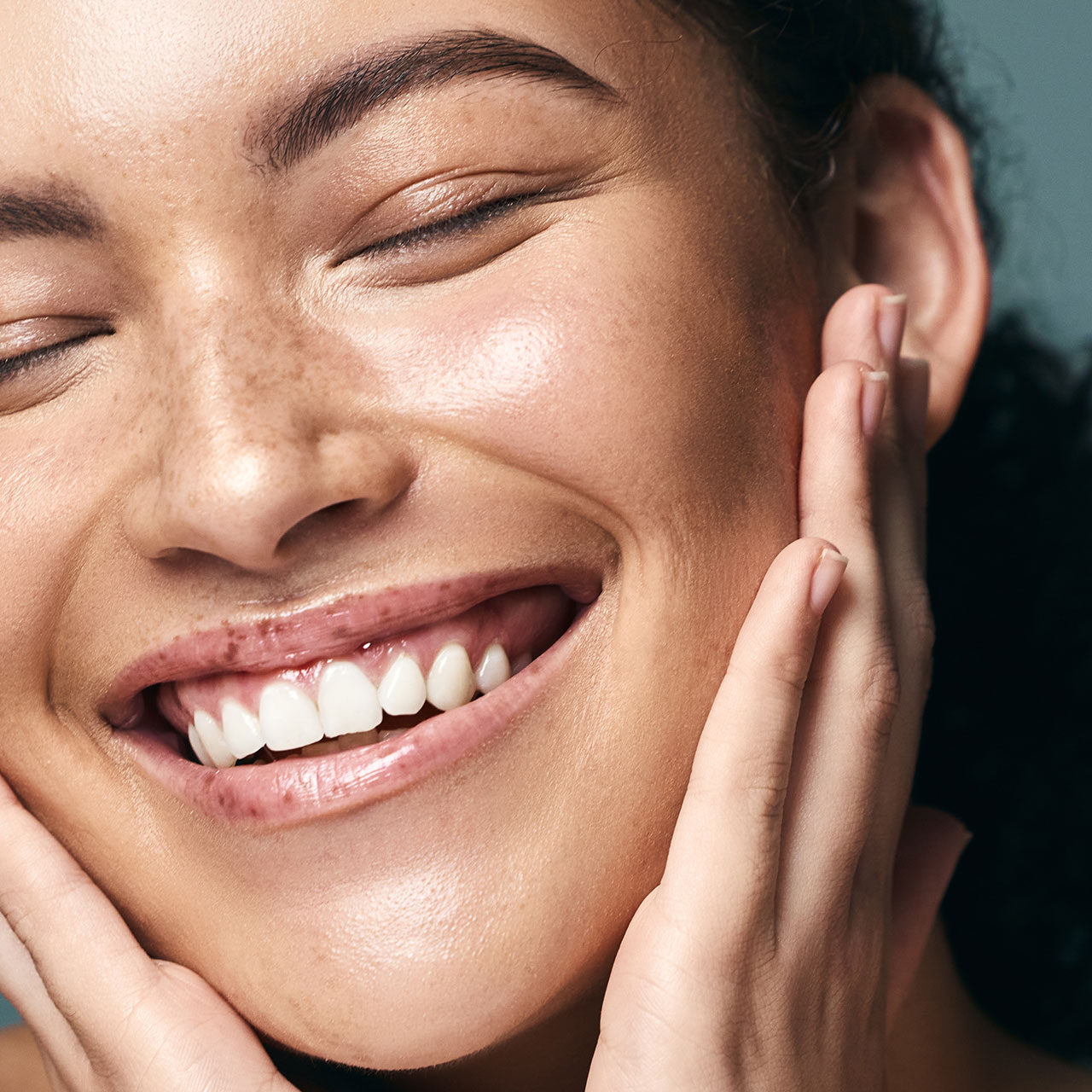This is an archived article and the information in the story may be outdated. Please check the time stamp on the story to see when it was updated last.
In its most basic form, most skincare routines include a cleanser and moisturizer. After that, things can get a little muddy. Your routine should be highly personalized, using products specific for the goals you hope to achieve. But while this may sound simple, there are so many options out there that it can be overwhelming to pare down to the necessities. Which products do you actually need in your elite lineup, and which ones are just unnecessary layers on your skin? We asked a dermatologist to weigh in, and let us know once and for all what your skincare staples should be, and the order to apply them in.


Marisa Garshick, MD, FAAD, was very firm in saying that every routine should contain a cleanser, moisturizer and sunscreen, regardless of age or skin type. While the first two are typically included by default, sunscreen is often skimped on although it’s actually one of the most important things to include. In order to maintain beautiful skin even as you age, it’s vital to protect against UV rays and prevent sun damage. “Regular use of sunscreen, not just when you are going to the beach, is important to protect the skin from UV damage which can lead to dark spots, fine lines, wrinkles and increase the risk of skin cancer. We know sun-related skin damage can occur from cumulative exposure to the sun over time, so the best time to start wearing sunscreen is now. More information and research is coming on the impact of blue light on the skin as well, so looking for sunscreens that also protect against blue light is becoming more relevant as well,” she says.

Building on those base products, Garshick suggests taking a look at what you want to achieve from your skincare routine before adding in new products. For anti-aging, she notes that an antioxidant in the morning can help prevent free radical damage, and retinol will aid in stimulating collagen production, smoothing fine lines and wrinkles. If you’re using a retinoid, it may be harsh on the skin, so Garshick recommends trying every other day for best results.

For hyperpigmentation, Garshick says vitamin C could be useful, or a retinoid such as licorice root or azelaic acid to fight against discoloration. Acne prone skin would benefit from salicylic acid and a good toner, and she adds that an under eye cream could be a valuable addition to your lineup as, “The skin around the eyes is thin, and we can sometimes see signs of aging sooner than other areas.” A good eye cream will contain different ingredients than the products used on the rest of your face, and will help to reduce fine lines, brighten and improve discoloration.

As for the actual order you should be applying your products? Garshick lays it out clearly:
Morning
1. Cleanser
2. Antioxidant Serum
3. Prescription Skincare
4. Moisturizer
5. Sunscreen
Evening
1. Cleanser
2. Toner
3. Retinoid/Serum
4. Eye cream
5. Moisturizer
While from dry to oily skin the products you use in your daily routine may vary, the basic principles of skincare remain the same. You will see the biggest benefits from your routine when you tailor the products you use to your skin type and needs, rather than trying to conform to a one size fits all approach. Garshick says, “The most important part about a skincare routine is finding a product that you like and that you will be consistent with, so I always tell my patients that the best product is the one you will use.”


























